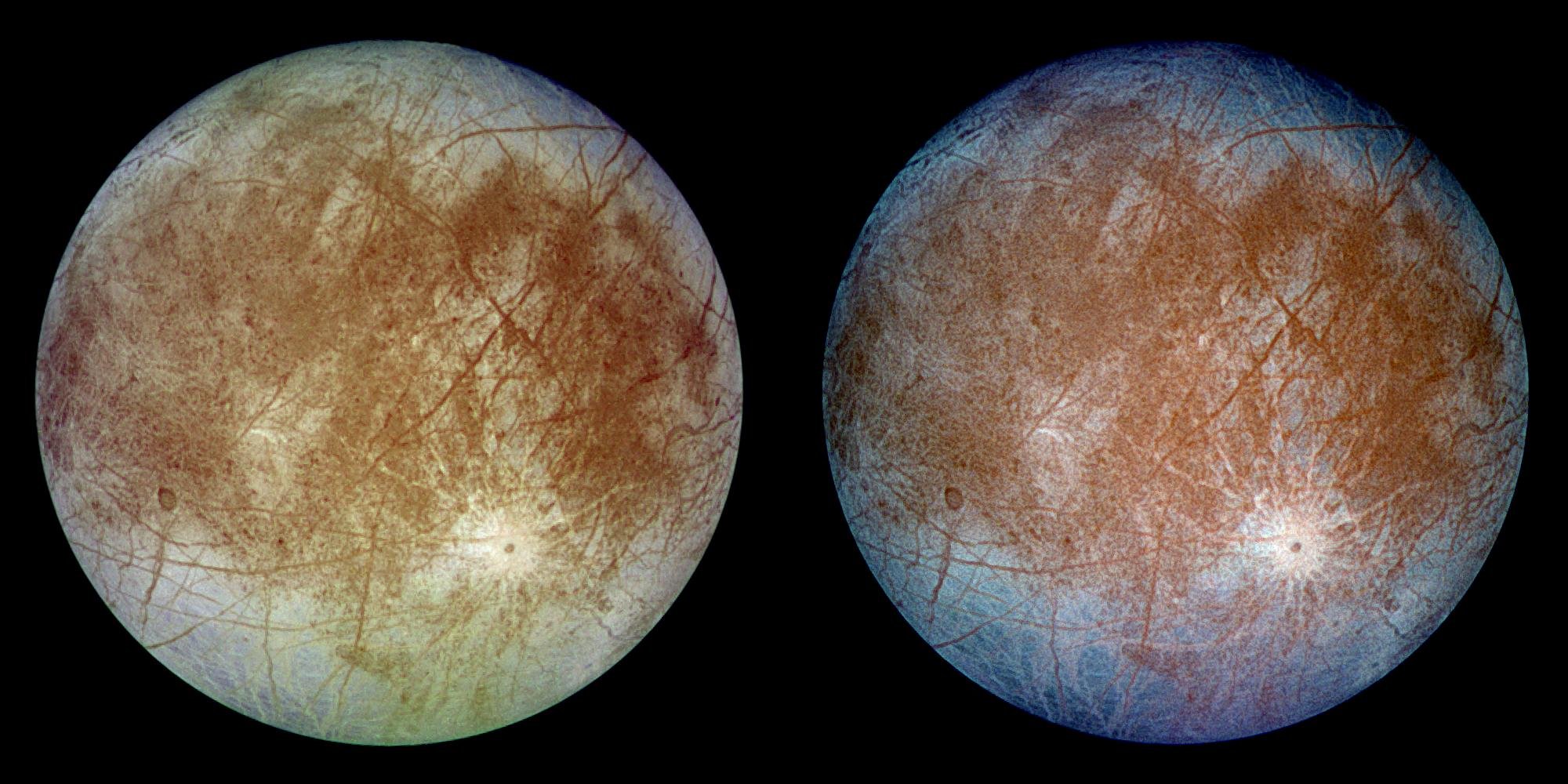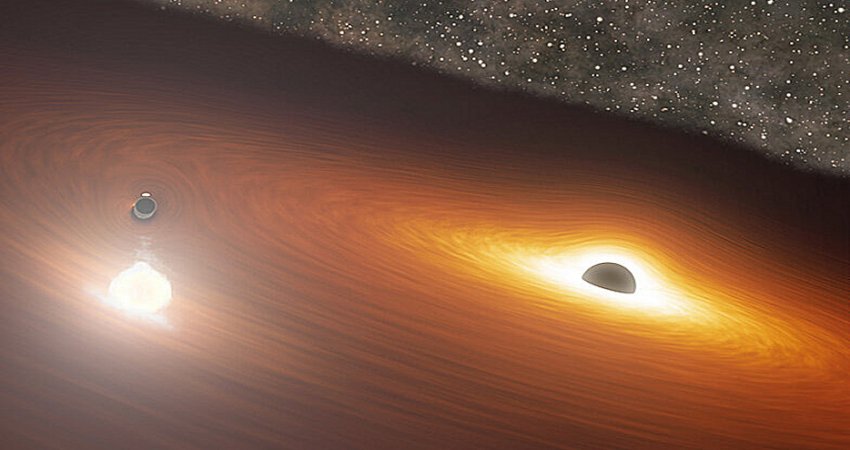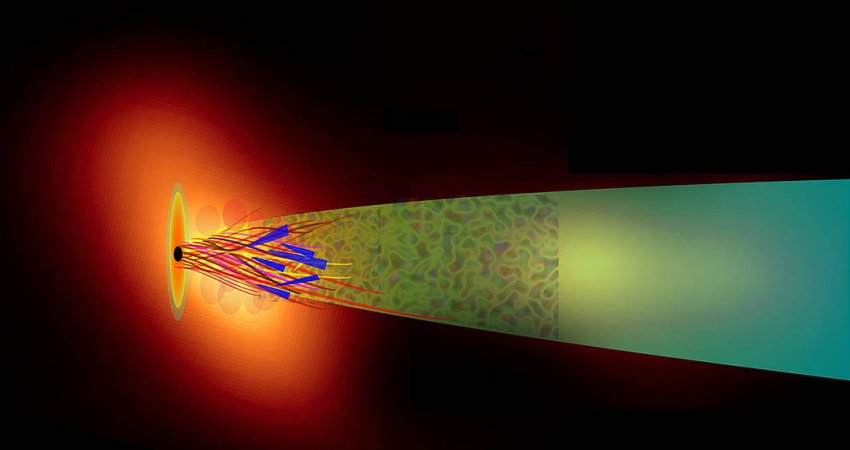ALMA Maps Icy Moon Europa’s Temperature
MessageToEagle.com – A new series of four images of Jupiter’s icy moon Europa taken with the Atacama Large Millimeter/submillimeter Array (ALMA) has helped to create the first global thermal map of this cold satellite of Jupiter.
The researchers compared the new ALMA observations of Europa to a thermal model based on observations from the Galileo spacecraft and analyzed the temperature changes in the data and construct the first-ever global map of Europa’s thermal characteristics.
The new data also revealed an enigmatic cold spot on Europa’s northern hemisphere.

“These ALMA images are really interesting because they provide the first global map of Europa’s thermal emission,” said Samantha Trumbo, a planetary scientist at the California Institute of Technology and lead author on a paper published in the Astronomical Journal. “Since Europa is an ocean world with potential geologic activity, its surface temperatures are of great interest because they may constrain the locations and extents of any such activity.”
Evidence strongly suggests that beneath its thin veneer of ice, Europa has an ocean of briny water in contact with a rocky core. Europa also has a comparatively young surface, only about 20 to 180 million years old, indicating that there are as-yet-unidentified thermal or geologic processes at work.

Unlike optical telescopes, which can only detect sunlight reflected by planetary bodies, radio and millimeter-wave telescopes like ALMA can detect the thermal “glow” naturally emitted by even relatively cold object in our Solar System, including comets, asteroids, and moons.
At its warmest, Europa’s surface temperature never rises above minus 160 degrees Celsius (minus 260 degrees Fahrenheit).
MessageToEagle.com










